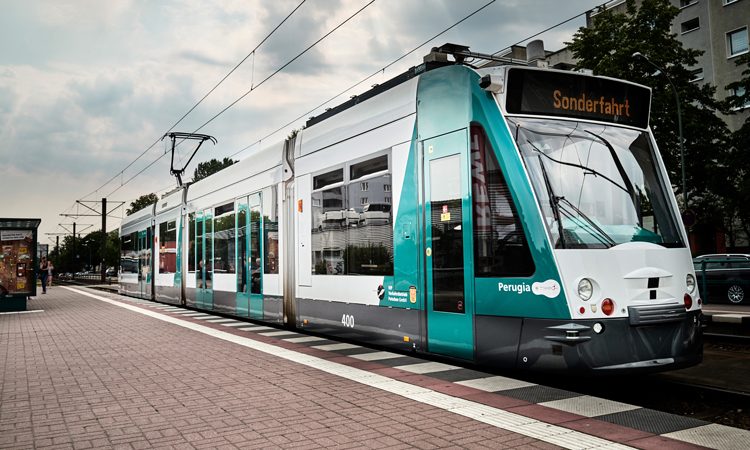World’s first autonomous tram set for InnoTrans debut
- Like
- Digg
- Del
- Tumblr
- VKontakte
- Buffer
- Love This
- Odnoklassniki
- Meneame
- Blogger
- Amazon
- Yahoo Mail
- Gmail
- AOL
- Newsvine
- HackerNews
- Evernote
- MySpace
- Mail.ru
- Viadeo
- Line
- Comments
- Yummly
- SMS
- Viber
- Telegram
- Subscribe
- Skype
- Facebook Messenger
- Kakao
- LiveJournal
- Yammer
- Edgar
- Fintel
- Mix
- Instapaper
- Copy Link
Posted: 4 September 2018 | Intelligent Transport | No comments yet
Siemens’s joint research and development project will premiere at InnoTrans 2018 in September, with a live demonstration in real traffic.


Credit: Siemens
Siemens Mobility and ViP Verkehrsbetrieb Potsdam GmbH will present their research project on the world’s first autonomous tram at InnoTrans 2018.
On a six kilometre section of the tram network in Potsdam, Germany, Siemens Mobility will demonstrate a test tram driving autonomously in real traffic.
ViP has provided a Siemens Combino tram for the project. This experimental vehicle is equipped with multiple lidar, radar and camera sensors that serve as ‘digital eyes’, capturing the tram and its traffic environment. At the same time, complex algorithms function as a ‘brain’ by interpreting and evaluating data from the momentary operating situation, providing a prognosis for further development and triggering an appropriate response from the tram.
Thanks to its artificial intelligence capability, the tram responds to trackside tram signals, stops at tram stops and reacts autonomously to hazards such as crossing pedestrians and other vehicles. This is the first time an autonomous tram has been launched for research and development purposes.
“This world premiere demonstrates how we are actively shaping the mobility of the future. Our autonomous tram can already master essential operating tasks in real road traffic at this stage of development. By relying on the ‘Siemens Tram Assistant’ collision warning system being used in our Avenio M tram operating in Ulm, Germany, we have already reached series maturity – an important milestone on the way to autonomous driving. By making trains and infrastructure intelligent, we can guarantee availability and enhance safety in local and long-distance travel,” said Sabrina Soussan, CEO of Siemens Mobility.
The experimental tram being used to demonstrate autonomous driving at the trade fair is not designed for commercial use. The current project aims at identifying the technological challenges of autonomous driving under real-life conditions, then developing and testing solutions for them.
Related modes
Light Rail, Trams
Related cities
Germany
Related organisations
InnoTrans 2018, Siemens Mobility, ViP Verkehrsbetrieb Potsdam GmbH
Related people
Sabrina Soussan








